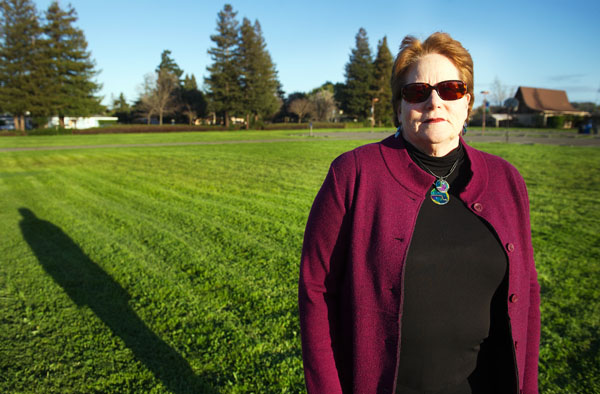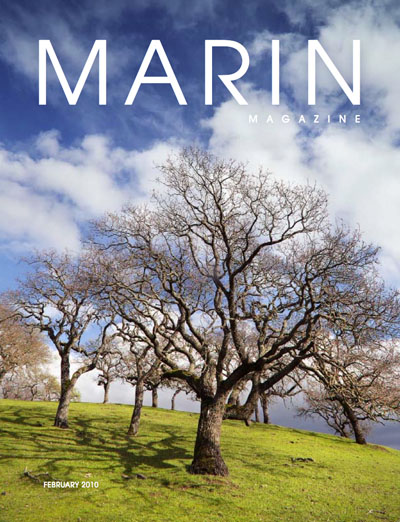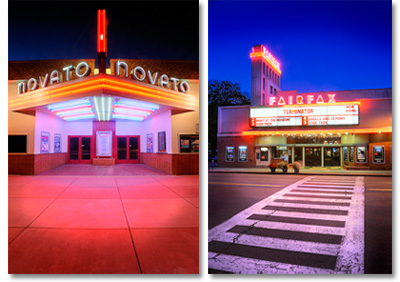Few issues incite people more than the debate over affordable housing. As a term, “affordable housing” not only sounds benign but seems undeniably just. Who, after all, would be in favor of “unaffordable housing”?
But, when such an abstract social concept morphs into physical reality, perhaps in your neighborhood, that’s when cultures clash and fears of crime, color and crashing home values cause many of Marin’s famously liberal communities to put progressive ideals on hold and start arguing the nuances of zoning laws.
In Marin, one of the country’s most affluent counties and one of its most expensive places to live, housing ain’t cheap. Even after the big burst of the real estate bubble, young couples still drop more than a million for a so-so rancher in a good Southern Marin school district and the median price for typical tract home in a Northern Marin community like Novato starts at $500,000.
Most of the teachers, cops, and restaurant workers in Marin don’t have the scratch for that kind of mortgage, so they rent – or they commute. (Marin’s drive time is one of the longest in the region because the everyday working folks can’t afford to live here.)
Marin is also very white – very, very white – which is also a matter of economics since most of the members of California’s emerging minority-majority haven’t yet accumulated the wealth to buy into Marin.
This is where the affordable housing debate comes in.
Housing advocates, who want to comply with state laws by building clusters of subsidized housing in cities around the county, say Marin needs to provide a place to live for those who school our kids, serve our meals and staff our boutiques. Plus, they say, more diversity would be a good thing.
Those on the other side argue that the market should prevail and they welcome anyone who can afford the price of entry into Marin. Providing subsidies, they argue, increases density, attracts people who commit crimes and, thus, lowers the value of nearby homes – theirs. It’s not a matter of race, they say, but one of values.
I photographed people on both sides of the issue for a story writer Nate Seltenrich did for Marin Magazine on Novato, Marin’s northernmost city and the center of the current debate. Novato is not the place most people think of when Marin comes to mind. There’s no Golden Gate Bridge, no Muir Woods and none of the hipster quotient that defines smaller southern towns like Mill Valley and Sausalito. Novato is pure suburb, a collection of developments and shopping centers linked by Highway 101 and extending out from an aging downtown that seems to be undergoing perennial revival.
I made several trips to the Novato for the story, a couple to photograph the people and locations where housing might be built, and another to shoot a community meeting about the issue. I came away from the story with mixed feelings about the matter.
On the one side, there are plenty of examples, not only in Novato but also elsewhere in Marin, of affordable housing that works, meaning it not only provides shelter for people who don’t own a Range Rover, but also fits into the community architecturally and socially.
On the other side, I’m pretty sure I wouldn’t like it if the city council in my leafy town decided to put 100 apartments on my block, but I also hope I’d find away around that concern and get my head in spot where I did the right thing – and I think we all know what that is.




